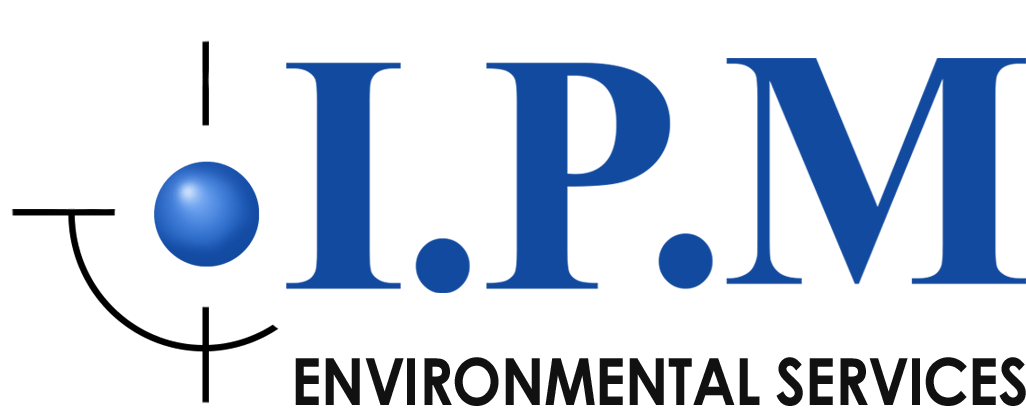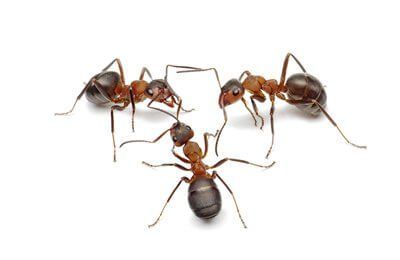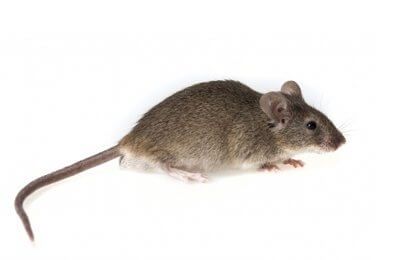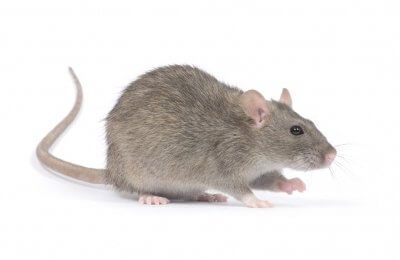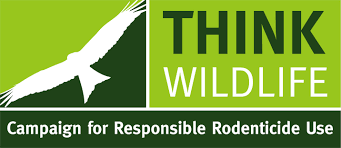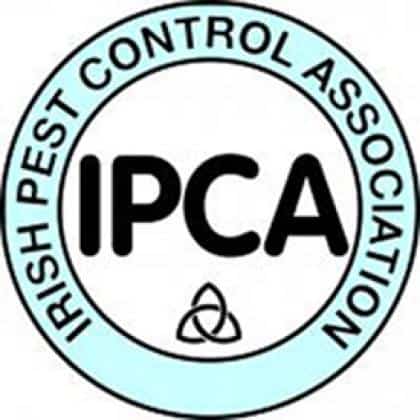Pigeons
Considered by many to be direct descendants of dinosaurs and closely related to reptiles, birds comprise roughly 10,000 different species of flying, feathered animals. The ability to fly and the migratory habits of birds often result in problems with surrounding communities of human populations, as the avian animals demonstrate territorial tendencies and carry potentially fatal illnesses with regularity. Common pest birds include pigeons, crows, starlings and sparrows, which all reside in areas throughout much of the British Isles.
Problems Caused by Pest Birds
Birds present serious health threats to people and can cause structural damage to homes. Pigeons alone carry significant amounts of hazardous pathogens, including salmonella, encephalitis, and histoplasmosis. Birds also feed on and damage crops, plants and lawns in urban, suburban and rural settings. Additional problems caused by pest birds include the unsightly accumulation of droppings. Larger build-ups of bird faecal matter, if laid near ponds or lakes, may over-nitrify the water and lead to overgrowth of aquatic plants, resulting in the decline of marine life. Birds may also build nests in the eaves of houses.
Prevention Tips
Birds present serious health threats to people and can cause structural damage to homes. Pigeons alone carry significant amounts of hazardous pathogens, including salmonella, encephalitis, and histoplasmosis. Birds also feed on and damage crops, plants and lawns in urban, suburban and rural settings. Additional problems caused by pest birds include the unsightly accumulation of droppings. Larger build-ups of bird faecal matter, if laid near ponds or lakes, may over-nitrify the water and lead to overgrowth of aquatic plants, resulting in the decline of marine life. Birds may also build nests in the eaves of houses.
